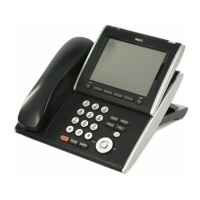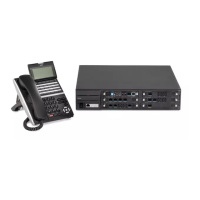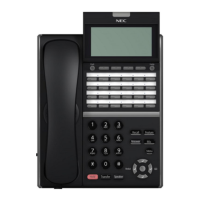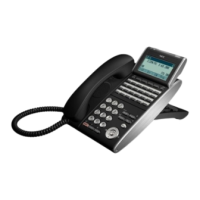Issue 2.0
2-2 IP Networking
SECTION 3 IP TRUNKS
The SIP Trunks method of networking allows connection to SIP devices. This could
be a PBX system or a third-party product. When using SIP, the feature set is limited
and the advanced networking features cannot be used. If these features are
required, use
IP K-CCIS.
Refer to SIP Trunking for a a detailed description of SIP trunking and for set up
instructions.
To set up IP trunks:
1. Connect the system to the Data Network. (Refer to General IP Configuration
for detailed instructions.)
2. Configure the IP trunks.
3. Configure the
IP K-CCIS or SIP information.
4. Configure the F-Route.
3.1 Configure IP Trunks
When installing a GPZ-IPLE daughter board in the UNIVERGE SV9100 system,
external line ports are allotted in accordance with the number of Licensed ports for
the particular IP Application.
The UNIVERGE SV9100 system now has the required information about the
remote destinations and the SIP/IP K-CCIS configuration is complete. The only
remaining task is to configure F-Route to route calls to remote destinations via the
IP trunks. F-Route configuration is discussed in detail in the Automatic Route
Selection (ARS) feature in the UNIVERGE SV9100 Programming Manual. A basic
list of the programming commands required for F-Route is shown in the example
below.
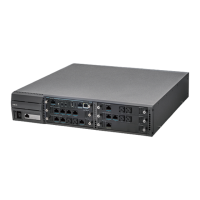
